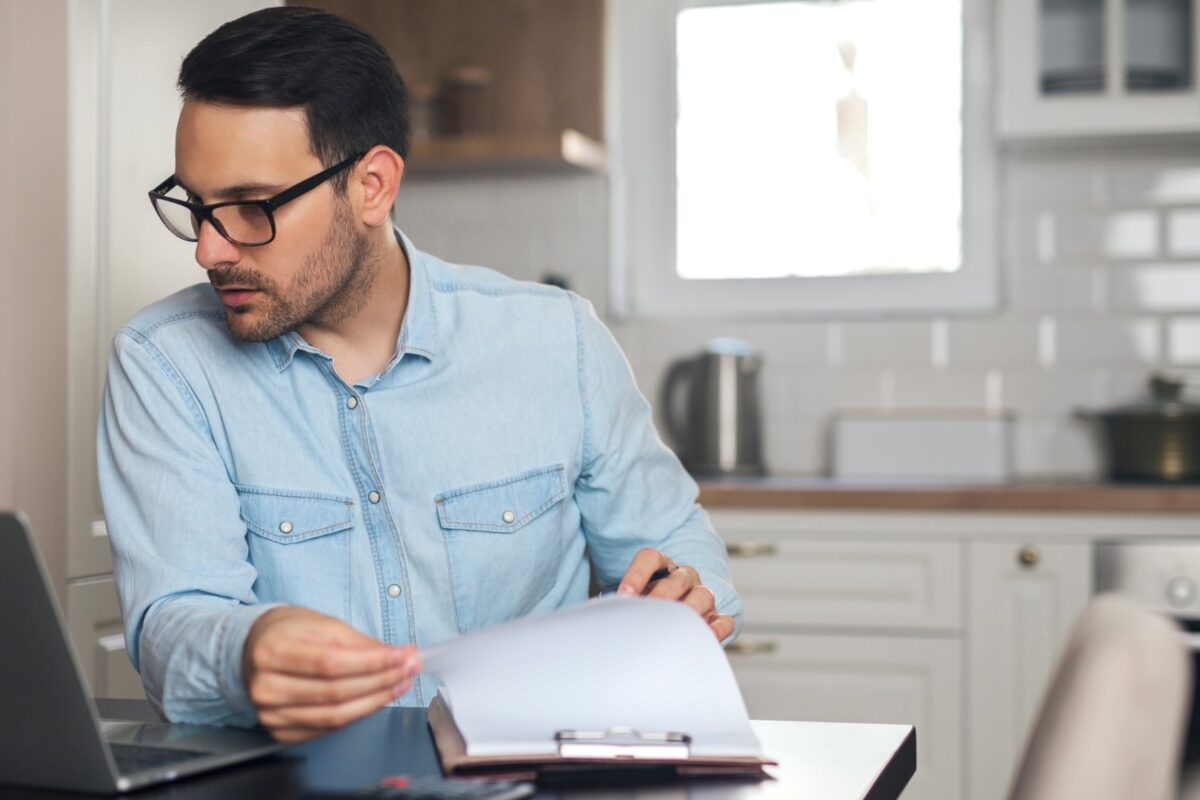In the heart of global discussions at the recent World Economic Forum (WEF) meeting in Davos, a topic that has been dominating boardroom conversations emerged – the evolving role of the office post-pandemic.
Among the influential voices shaping this dialogue was Allen Blue, co-founder of LinkedIn, advocating for the positive aspects of the continuous ‘competition’ between traditional office spaces and remote working. CEO of Euroclear, Lieve Mostery, shared the view that leaders must consider who needs the office most, with some roles benefiting from in-person projects and personal development. Yet Bain & Co’s managing partner Manny Maceda expands on this idea, revealing how age, culture and physical environment impact the desire to return to the office.
Shifting dynamics: Earning the commute
Traditionally viewed as a hub for cooperation and cultural cohesion, the shared central workplace has faced a significant challenge in persuading employees, now accustomed to remote work, to return.
Addressing WEF delegates, co-founder of LinkedIn Allen Blue reframed the competition between office and remote work as a catalyst for innovation. He argued that this dynamic compels businesses to rethink their use of office space, urging a transformation that places emphasis on dynamic human interaction.
A concept gaining traction in the corporate world is ‘earning the commute.’ Employers are now focusing on making office visits more meaningful, aiming to encourage hybrid workers to venture into the office regularly.
Using his own firm as an example, Blue shared that LinkedIn had closed several campus buildings, encouraging hybrid workers to gather more densely in open spaces. Blue explained how this left the remaining offices “incredibly busy, energetic place”, he said. “We’ve made the space more valuable for collaboration rather than just heads-down work, so that every trip to the office is worthwhile.”
Designing offices for collaboration and wellbeing
In the pursuit of a balanced approach to office and remote work, attention to office design becomes paramount. Lieve Mostrey, CEO of Euroclear, stresses the importance of creating spaces that foster engagement, creativity, and overall wellbeing. An innovative office design, aligned with the needs of diverse roles, contributes significantly to employee satisfaction and productivity.
Euroclear’s unique approach to hybrid working involves tailoring strategies to different job requirements, emphasising flexibility over a universal mandate.
“We took a unique approach towards hybrid working,” Mostrey explained. “We’re not going to do a mandate across the organisation, because different types of jobs have different requirements.”
This approach, championed by Mostrey, has yielded remarkable results, with a 30% increase in employee engagement. By recognising and accommodating the diverse needs of various roles, Euroclear has successfully avoided a disengaged workforce.
The ongoing experiment: Finding the optimal balance
While discussions often focus on the younger generation’s preference for remote work, insights from Davos reveal a more nuanced reality. Manny Maceda, managing partner at Bain & Co, highlights that the younger workforce show eagerness to return to the office, driven by the desire to interact with senior colleagues and learn from their experiences.
“Coming out of the pandemic, our young college grads wanted to go into the office and interact with the more senior people to learn from them,” he reported. “It was harder to get the senior people back in, because they had nicer homes.”
Agreeing with the evident generational divide, Mostrey revealed how offering a balance between remote and in-person working had proven “an asset” to her firm when attracting young talent.
Continuing, Mostrey said: “We’re in a collective social experiment here. Things are changing so quickly, so we have to give a bit of time for everyone to find a new equilibrium.”
Embracing change for enhanced wellbeing
As the competition between office and remote working continues to shape the future of work, businesses have an opportunity to innovate and redefine their workspaces.
Prioritising dynamic human interactions, fostering collaboration through intentional office design, and tailoring approaches to diverse job requirements are the keys to success.
By embracing change, organisations can create work environments that prioritise both productivity and the overall wellbeing of their workforce.
Content Team
Work in Mind is a content platform designed to give a voice to thinkers, businesses, journalists and regulatory bodies in the field of healthy buildings.




